A drug targeting the scaffolding function of multiple related kinases halts tumor progression.
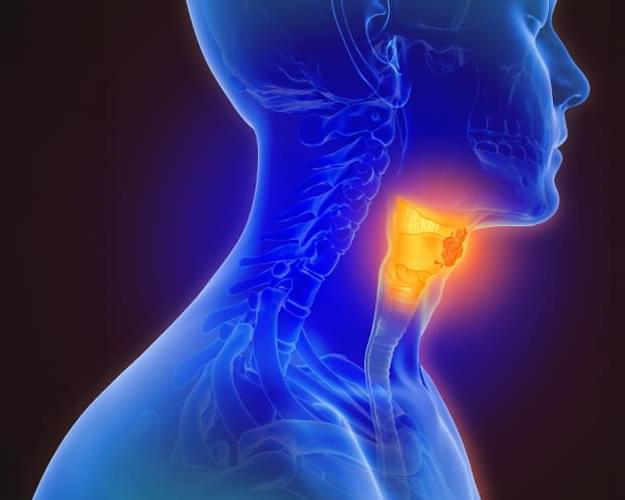

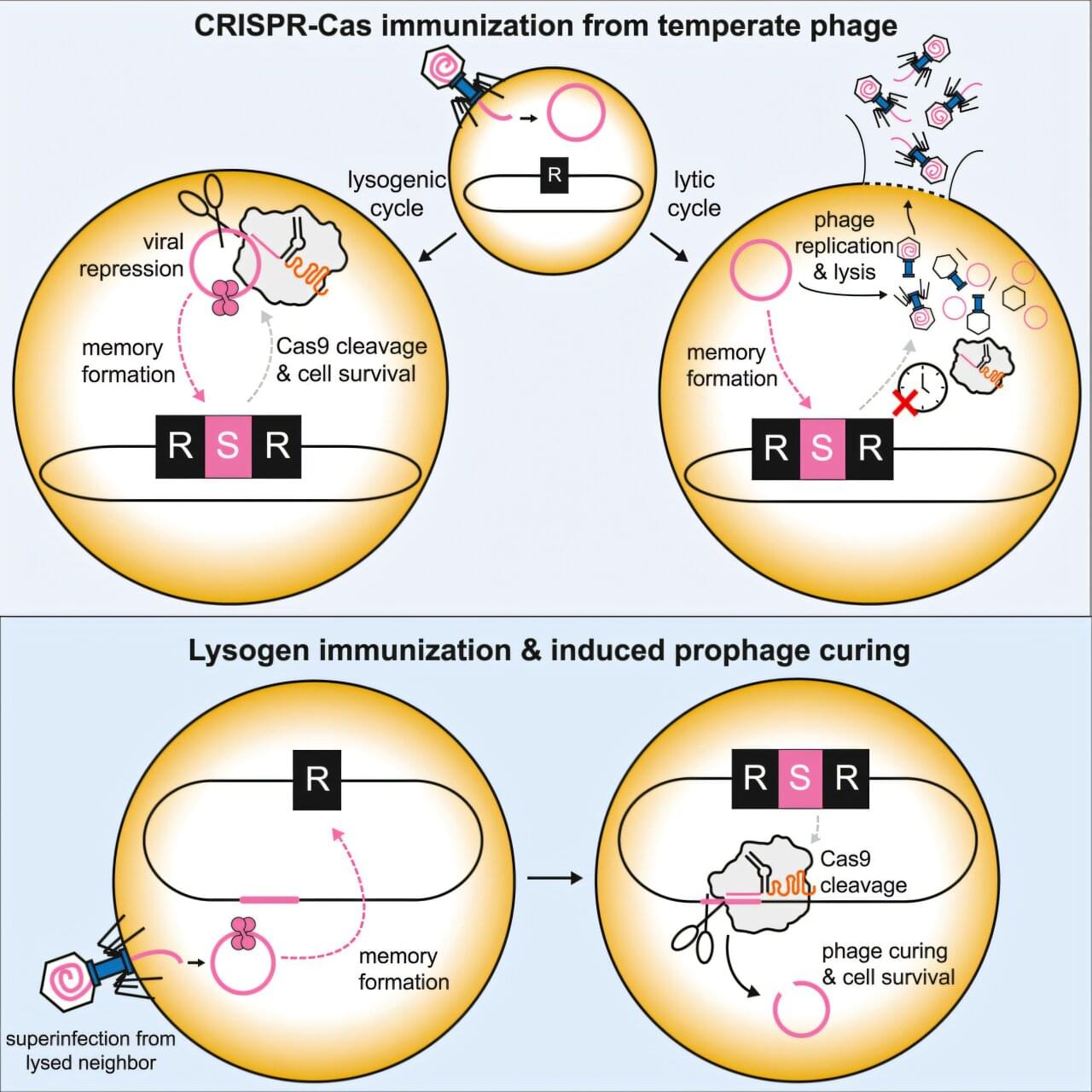
Like people, bacteria get invaded by viruses. In bacteria, the viral invaders are called bacteriophages, derived from the Greek word for bacteria-eaters, or in shortened form, “phages.” Scientists have sought to learn how the single-cell organisms survive phage infection in a bid to further understand human immunity and develop ways to combat diseases.
Now, Johns Hopkins Medicine scientists say they have shed new light on how bacteria protect themselves from certain phage invaders—by seizing genetic material from weakened, dormant phages and using it to “vaccinate” themselves to elicit an immune response.
In their experiments, the scientists say Streptococcus pyogenes bacteria (which cause strep throat) take advantage of a class of phages known as temperate phages, which can either kill cells or become dormant. The bacteria steal genetic material from temperate phages during this dormant period and form a biological “memory” of the invader that their offspring inherit as the bacteria multiply. Equipped with these memories, the new population can recognize these viruses and fight them off.

This collaboration marks a significant step in both companies’ efforts to address the pressing needs in cancer treatment through innovative solutions.
OBT has developed a proprietary discovery platform, OGAP-Verify, which has enhanced sensitivity and specificity for identifying promising drug targets.
This platform is central to collaboration, as it allows for selecting targets with improved attributes crucial for effective drug development.
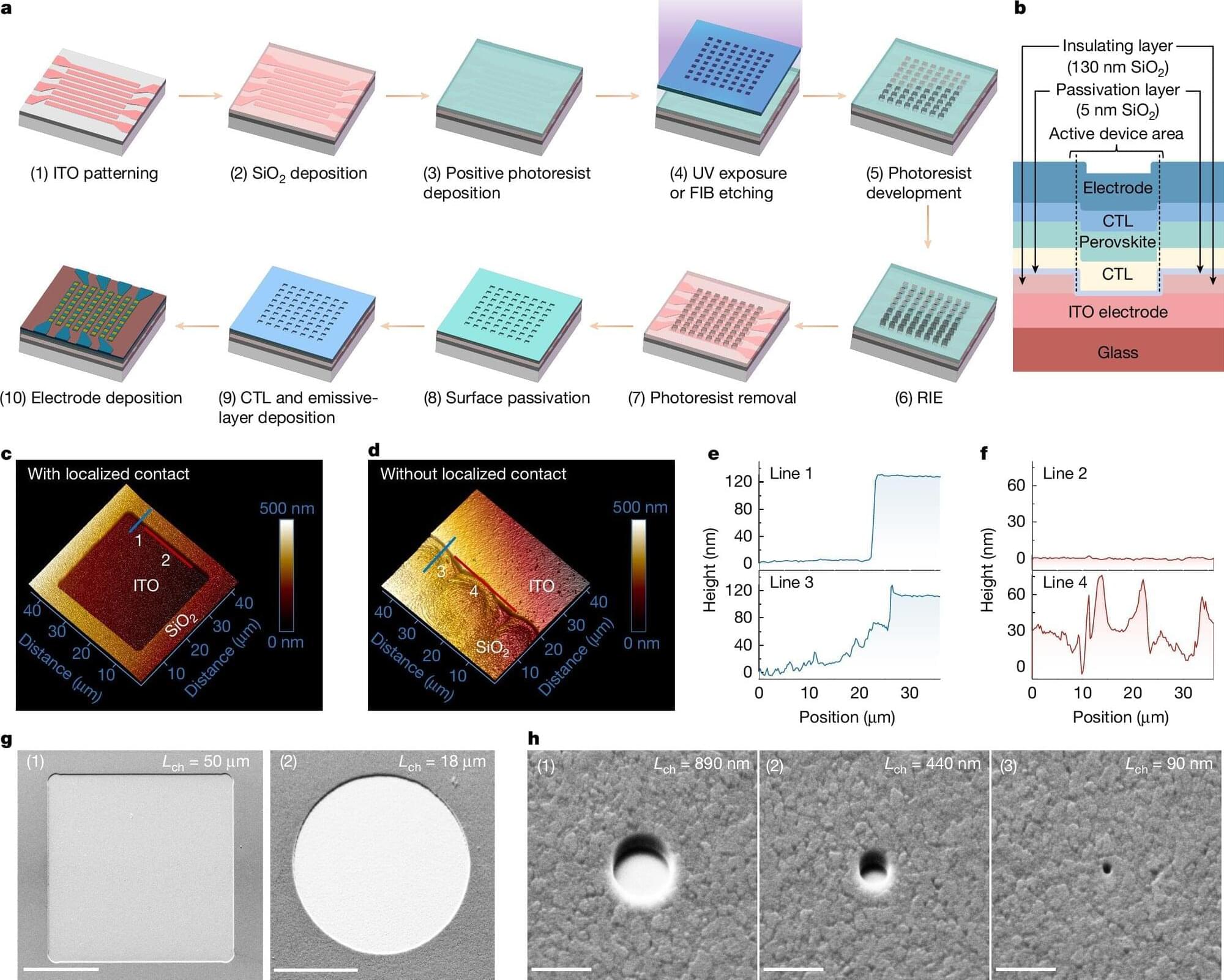
A team of physicists, engineers, opticians and photonics specialists at Zhejiang University, in China, working with a pair of colleagues from the University of Cambridge, in the U.K., has found a way to make pixels smaller by using perovskite. In their paper published in the journal Nature, the group describes how they used the mineral to create pixels as small as a virus.
As the research team notes, the rallying cry for electronics in the modern age is to add more technology to ever smaller base units. For computers, for many years, the goal was to double the number of transistors on a single integrated circuit. Similarly, reducing the size of pixels in video displays has led to sharper and sharper imagery.
The current standard for digital display technology is micro-LED, which is based on II-V semiconductors. Unfortunately, such technology becomes too expensive and inefficient to make pixels any smaller than the size currently in use. This led the team to wonder if a different base material might allow the creation of smaller pixels that would be both cost-effective and efficient. They turned to perovskite, the same mineral that is currently being investigated as a replacement for silicon in solar cells as a way to reduce costs.

A little over a year ago, Joseph Coates was told there was only one thing left to decide. Did he want to die at home, or in the hospital?
Coates, then 37 and living in Renton, Wash., was barely conscious. For months, he had been battling a rare blood disorder called POEMS syndrome, which had left him with numb hands and feet, an enlarged heart and failing kidneys. Every few days, doctors needed to drain liters of fluid from his abdomen. He became too sick to receive a stem cell transplant — one of the only treatments that could have put him into remission.
“I gave up,” he said. “I just thought the end was inevitable.”
But Coates’s girlfriend, Tara Theobald, wasn’t ready to quit. So she sent an email begging for help to a doctor in Philadelphia named David Fajgenbaum, whom the couple met a year earlier at a rare disease summit.
Scientists are using machine learning to find new treatments among thousands of old medicines.
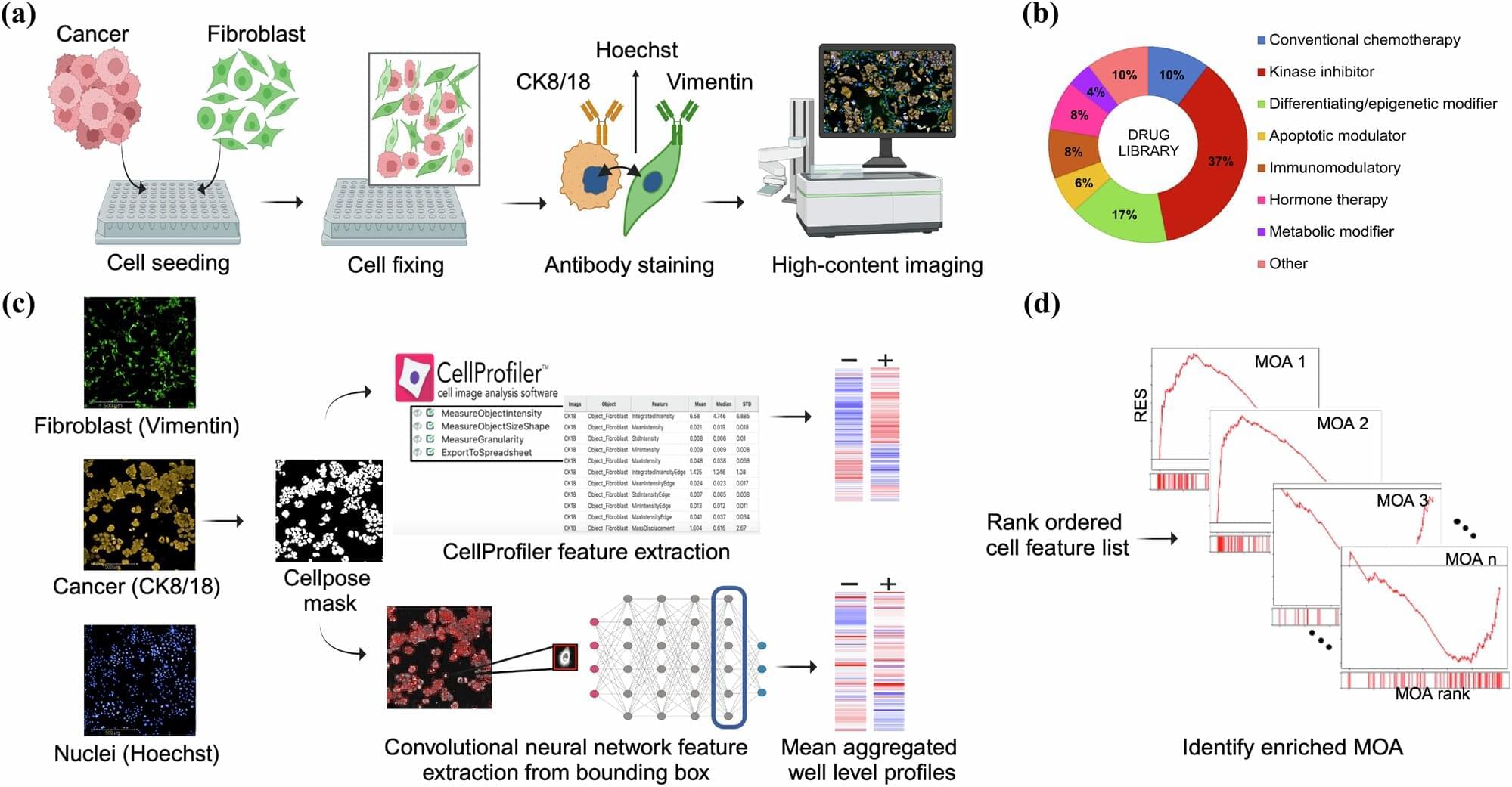
In a study on ovarian cancer cells, researchers from Karolinska Institutet demonstrate how the tumor environment influences how cancer cells respond to drugs by using AI. The study has been published in the journal Communications Biology.
The cancer cells were cultured together with fibroblasts, a type of support cell, and treated with different drugs. Advanced computer programs were used to analyze images of the cancer cells to see how they changed. Fibroblasts play an important role in the tumor microenvironment. They can promote tumor growth, spread, and drug resistance, as well as affect the immune system.
“Our study shows that ovarian cancer cells cultured together with fibroblasts change their appearance when treated with drugs. This demonstrates how the tumor environment influences how cancer cells respond to drugs,” says Osheen Sharma, Ph.D. student at the Department of Oncology-Pathology, Karolinska Institutet, and the study’s first author.

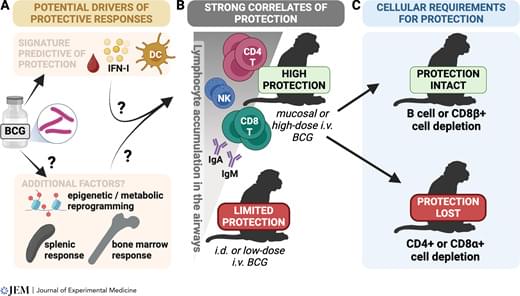
Normal glucose regulation (NGR) for prediabetes remission.
Prediabetes remission to normal glucose regulation (NGR), in addition to standard weight loss, lowers type 2 diabetes (T2D) risk more than standard weight loss alone.
Remission of prediabetes to NGR should be considered in guidelines and recommendations for the delay and prevention of T2D.
Future studies will provide evidence whether or not prediabetes remission can protect against incident T2Drelated comorbidities such as cardiovascular and/or chronic kidney disease (CKD). https://sciencemission.com/Prediabetes-remission
Prediabetes is a highly prevalent and increasingly common condition affecting a significant proportion of the global population. The heterogeneous nature of prediabetes presents a challenge in identifying individuals who particularly benefit from lifestyle or other therapeutic interventions aiming at preventing type 2 diabetes (T2D) and associated comorbidities. The phenotypic characteristics of individuals at risk for diabetes are associated with both specific risk profiles for progression and a differential potential to facilitate prediabetes remission and reduce the risk of future T2D. This review examines the current definition and global prevalence of prediabetes and evaluates the potential of prediabetes remission to reduce the alarming increase in the global burden of T2D.

In a groundbreaking study on the synthesis of cellulose—a major constituent of all plant cell walls—a team of Rutgers University-New Brunswick researchers have captured images of the microscopic process of cell-wall building continuously over 24 hours with living plant cells, providing critical insights that may lead to the development of more robust plants for increased food and lower-cost biofuels production.
The discovery, published in the journal Science Advances, reveals a dynamic process never seen before and may provide practical applications for everyday products derived from plants, including enhanced textiles, biofuels, biodegradable plastics, and new medical products.
The research is also expected to contribute to the fundamental knowledge while providing a new understanding of the formation of cell walls, the scientists said.